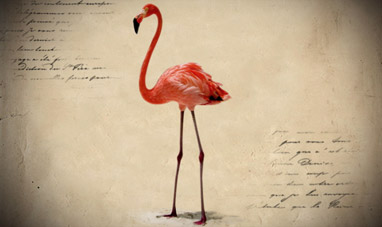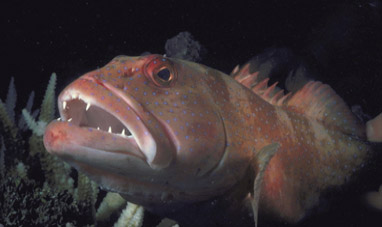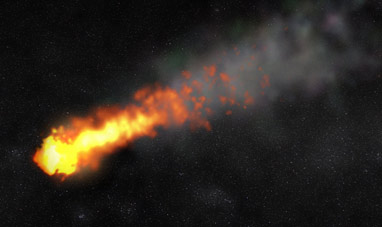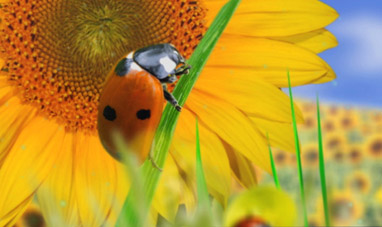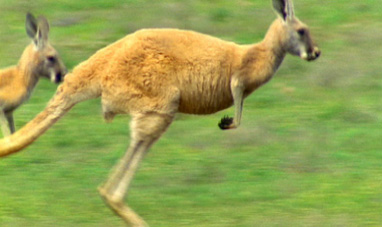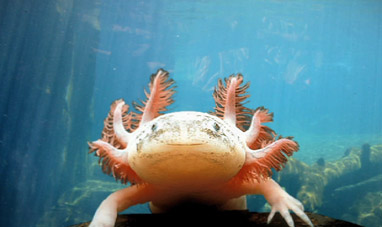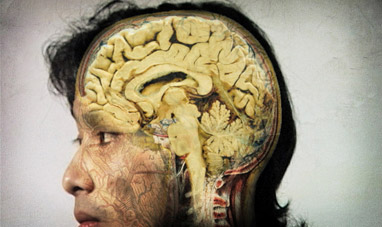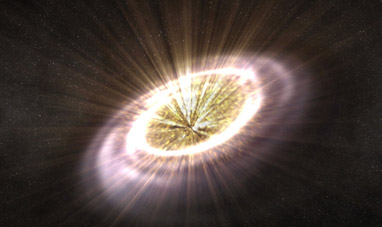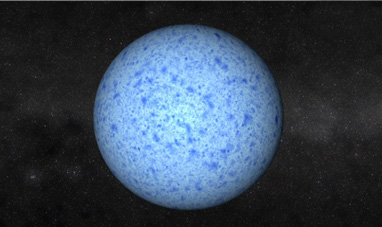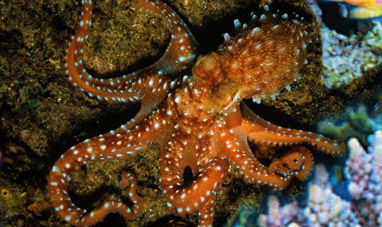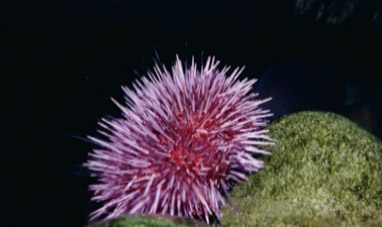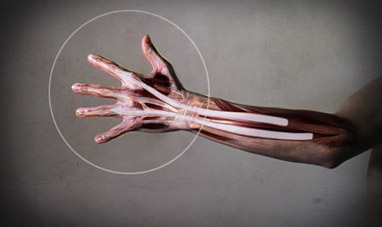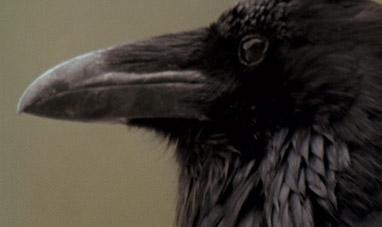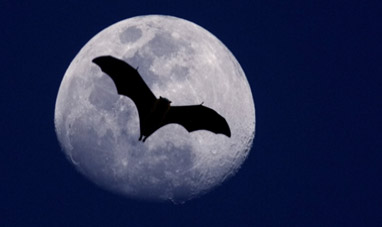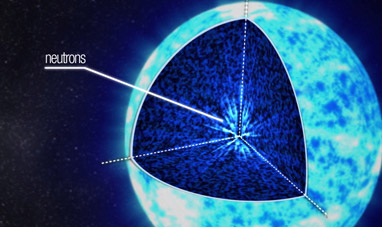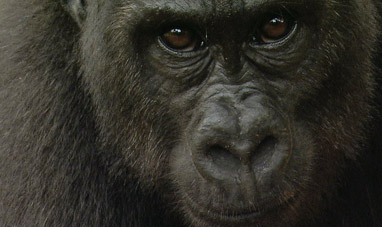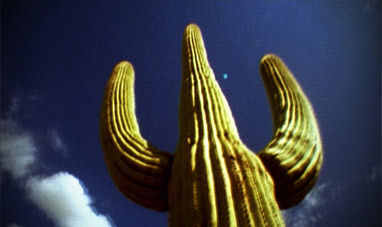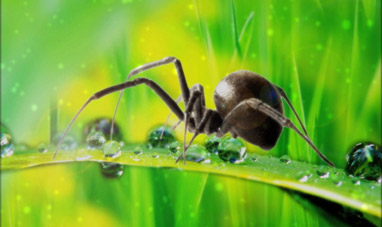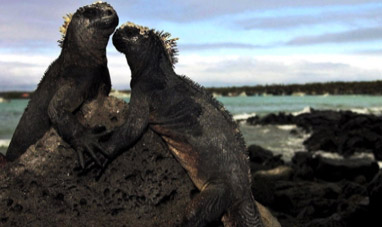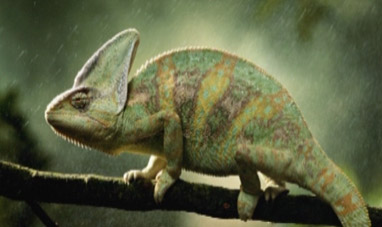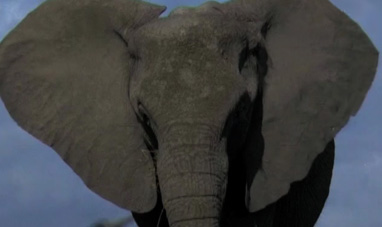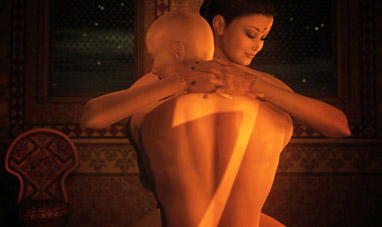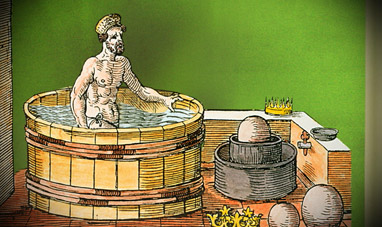The human body’s sex organs are what distinguish men from women. They have a number of functions. They produce hormones determining the physical characteristics of each gender. They also have a reproductive function. If stimulated, they can provide an intense feeling of physical pleasure called orgasm. The female sex organs are positioned in the pelvis. The upper part houses the ovaries, small glands that produce the hormones that determine female physical characteristics and which contain eggs, or reproductive cells. Every month, the ovaries take turns secreting an egg. Two tubes called the Fallopian tubes branch out from the ovaries. The egg is fertilized within these tubes. The reproductive process begins when spermatozoa, the male reproductive cells, enter the tubes following sexual intercourse. The Fallopian tubes are connected with the uterus, a hollow muscular organ approximately the size of a fist. A fertilized egg grows into a complete organism inside the uterus. The walls of the uterus are very flexible and capable of expanding to hold one or more fetuses. The lower base of the uterus is called the cervix, and leads to the vagina, a tubular tract around 10 cm long that opens up to the outside. During sexual intercourse, the penis, or male sexual organ, penetrates the vagina. The walls of the vagina are capable of releasing a lubricating liquid that aids the act of penetration. Like the uterus, the vagina is made of very elastic tissues. These tissues dilate during childbirth, allowing the fetus to be born.
The only external part of the female reproductive system is the vulva. The vulva is located in the groin area and is formed by two pairs of lip-like skin structures called the labia majora and the labia minora. The labia minora enclose the vaginal opening, the urethral orifice through which urine flows, and the clitoris. The clitoris is an organ made of the same tissues as a male penis. Like the penis, it enlarges when stimulated, giving pleasure. Rubbing the clitoris may lead to orgasm, in the same way friction between the penis and the vagina leads to orgasm. The most ancient mythological figure associated with female sexuality and maternity is the Mother Goddess. The cult of the Mother Goddess spread around 25,000 years ago in Mediterranean countries and Asia Minor. The Mother Goddess protects childbirth, agriculture and life in the fields. She is associated with the earth, becoming fertile cyclically in the springtime, as is the case for women each month. Over the centuries, different civilizations have called the Mother Goddess by different names. She was Isis for the Egyptians, Ishtar for the Sumerians, and Maka for the Aztecs.
The only external part of the female reproductive system is the vulva. The vulva is located in the groin area and is formed by two pairs of lip-like skin structures called the labia majora and the labia minora. The labia minora enclose the vaginal opening, the urethral orifice through which urine flows, and the clitoris. The clitoris is an organ made of the same tissues as a male penis. Like the penis, it enlarges when stimulated, giving pleasure. Rubbing the clitoris may lead to orgasm, in the same way friction between the penis and the vagina leads to orgasm. The most ancient mythological figure associated with female sexuality and maternity is the Mother Goddess. The cult of the Mother Goddess spread around 25,000 years ago in Mediterranean countries and Asia Minor. The Mother Goddess protects childbirth, agriculture and life in the fields. She is associated with the earth, becoming fertile cyclically in the springtime, as is the case for women each month. Over the centuries, different civilizations have called the Mother Goddess by different names. She was Isis for the Egyptians, Ishtar for the Sumerians, and Maka for the Aztecs.



